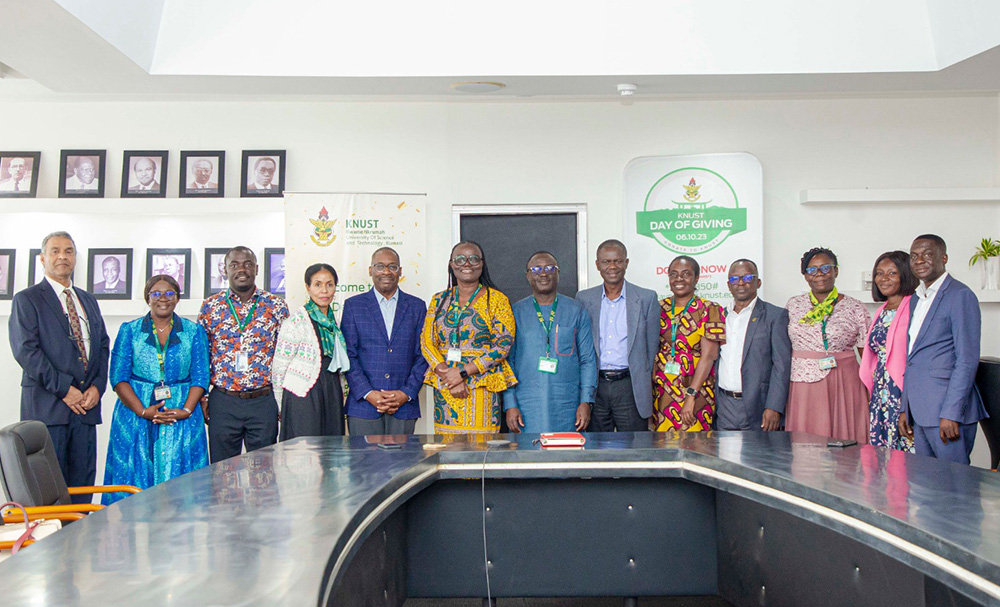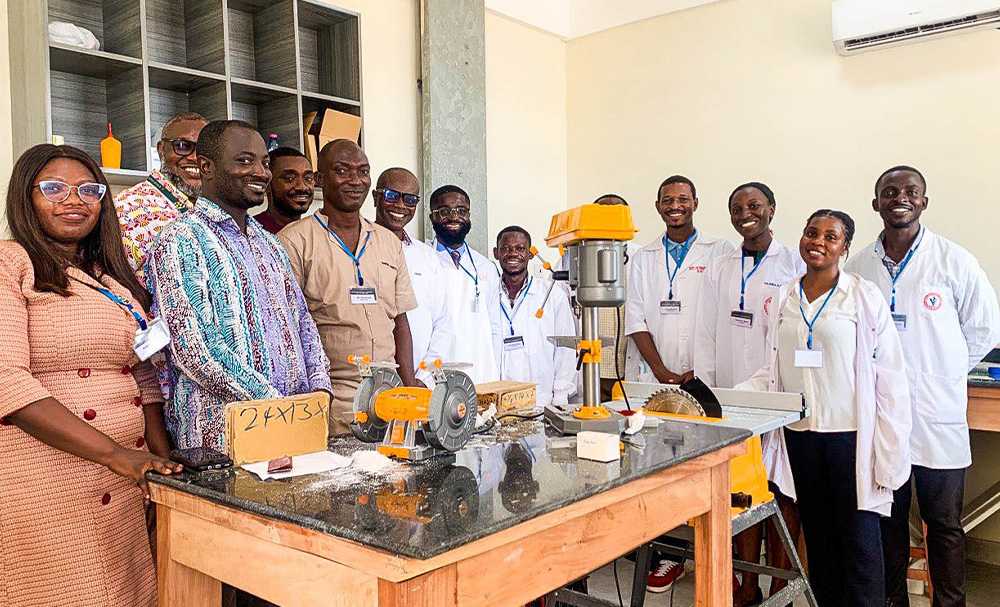Inequities and Inaccessibility to and Utilization of Maternal Health Services in Ghana after User-Fee Exemption

Introduction
Imagine the excitement and relief on a mother’s face after joyfully escaping labor pains and having a successful delivery, the breath-taking welcome cry of a newborn baby. This joy is what unhindered maternal health services promises to leave with mothers during and after pregnancy.
In an effort to achieve the Millennium Development Goal (MDG) 5 the government of Ghana implemented a policy that provides free maternal health services in all government, mission, and selected private health facilities (Ministry of Health; 2004). The policy was first introduced in the Northern, Upper East, Upper West, and Central regions in 2003, and later extended to Ghana’s remaining 6 regions in 2005. (Ministry of Health of Ghana, author.
In sub-Saharan Africa, the risk of maternal death is very high at 1 in 38, unlike the developed world where the risk is 1 in 3700. MDG 5 calls for steep reductions in maternal mortality and universal access to reproductive health, crucial to achieving MDG 3-to promote women’s empowerment (http://www.who.int)
Inequities and Inaccessibility
Ghana is one of the few countries in Africa to have actively implemented both universal maternity care and health insurance policies at the national level. Because of this, Ghana is often seen as ‘an example of global good practice’. This contributed to the motivation and lead a group of researchers to investigate and find that, while user-fee exemptions removed important financial barriers, they were insufficient to ensure equal access to maternal health service. Inequities in skilled care services accessibility and utilization exist across different sub-population groups in Ghana. It was revealed by the research that, many women continue to deliver their babies at home or outside the provided government and non-government healthcare facilities without skilled care.
Levels of Inequities
The researchers found evidence indicating that differences in educational attainment, wealth, type of residence, geographical region, religious affiliation, and ethnic background play a crucial role in the continued practice of maternal health services. In the context of Ghana where maternal health services are provided free at the point of delivery, poverty, unavailability of maternal health services, high transportation costs, limited appropriate transportation, and social costs associated with maternal health seeking, might explain the rich-poor gap in service accessibility and utilization.
The Policy
The main argument in support of the policy is that financial costs are a major barrier to skilled care and that the poor would not be able to afford to pay for the use of necessary services. It is therefore expected to reduce both financial barriers to access to supervised delivery services and inequities in access.
Under the policy, all women are entitled to a ‘Maternal Benefit Package’, that includes 6 free antenatal visits; additional medically necessary visits captured as outpatient department visits; free delivery at a health facility, including all delivery-related complications; 2 postnatal visits within 6 weeks; and care for the newborn up to three months. The main argument in support of Ghana’s user-fee exemption policy is that financial costs are a major barrier to skilled care and that the poor would not be able to afford to pay for the use of necessary services. The policy is therefore expected to reduce both the financial barriers to access and inequities in access, particularly access to supervised delivery services.
The way forward
A multi-sectorial approach is needed to tackle the social determinants of health, socio-economic, and political disadvantage, raising the educational attainment and living conditions of disadvantaged women, improving the availability, distribution and quality of physical health infrastructure, and increasing the quantity and capacity of human resources for maternal health towards making sustained achievement of continuously accessible and improved services.
This article is Research Uptake Communication collaboration between John K. Ganle,
Michael Parker, Raymond Fitzpatrick and Easmon Otupiri and the KNUST DRUSSA
Team.
This was informed by an existing publication in the International Journal for
Equity in Health (2014). http://www.ncbi.nlm.nih.gov/pubmed/25388288
REFERENCES
Guidelines for implementing the exemption policy on maternal deliveries. Accra: Ministry of Health; 2004.)
MDG5: Improve maternal Health: http://www.who.int/topics/millennium_development_goals/maternal_health/en/, May, 2015.









